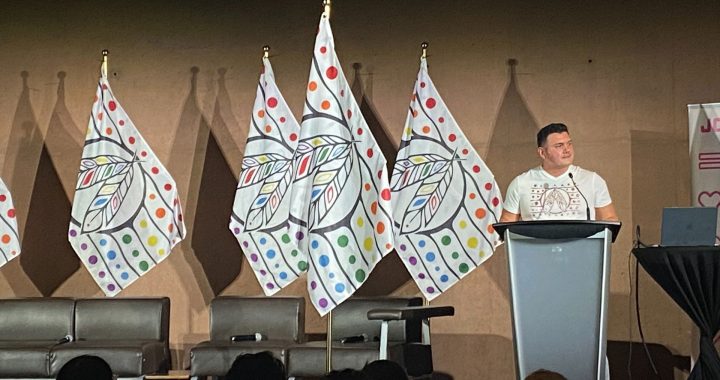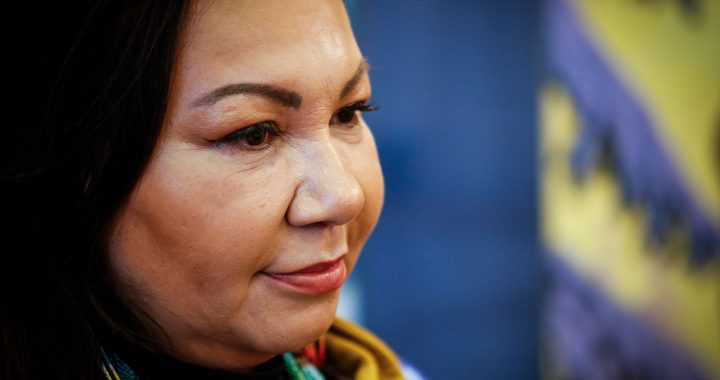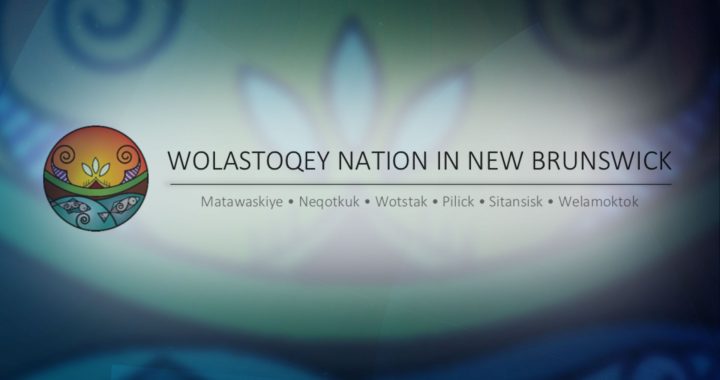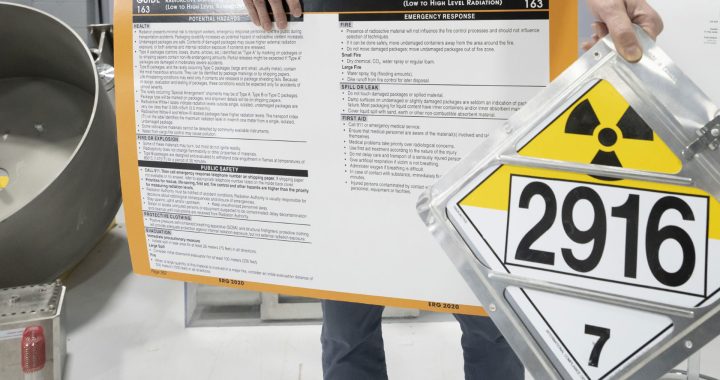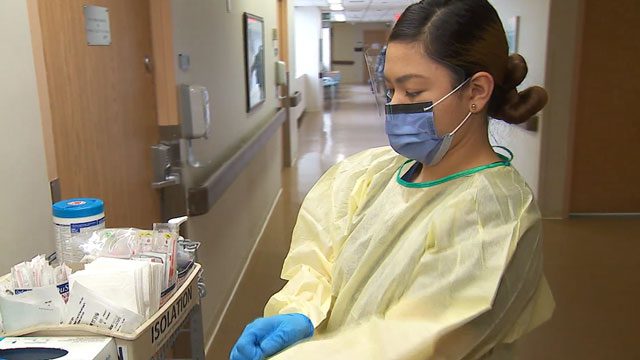
Metis family doctor and research scientist Janet Smylie says she hasn’t received any federal funding for a COVID-19 research project she is co-leading, a strategic partnership to collect and analyze data on how the pandemic is impacting Indigenous people regardless of where they live.
On May 9, Indigenous Services Minister Marc Miller said Canada “is playing a key role in collaboration with First Nations, Inuit and Metis partners, the Public Health Agency of Canada and the provinces and territories to support ongoing surveillance of COVID-19 positive cases for on-reserve communities” but admitted his department isn’t reporting how the virus is hitting Metis communities or First Nations and Inuit in urban settings. He announced $250,000 for that research.
Though she welcomes the support, Smylie hasn’t received any money from government and says the immediate answer is to “do it ourselves, by ourselves. Train our own people” on how to bridge the data gap.
“There’s a real gap in content experts and a real gap in political will, particularly with respect to people who are living in the city,” she told APTN News.
This leads to what she calls a Jordan’s Principle of health-care provision.
Jordan’s Principle exists to ensure no gaps result from provinces and Ottawa fighting over who has to provide medical care and other services to First Nations children, after a First Nations boy named Jordan River Anderson died in a Winnipeg hospital while Manitoba and Ottawa fought over who should pay for his home care.
“It’s the same thing,” she explained. “The feds and province fight over who’s responsible. On the provincial list, urban First Nations, Inuit and Metis tend to be an afterthought at policy tables. In a province like Ontario it’s incredibly complex. The large majority if First Nations, Inuit and Metis people live in cities.”
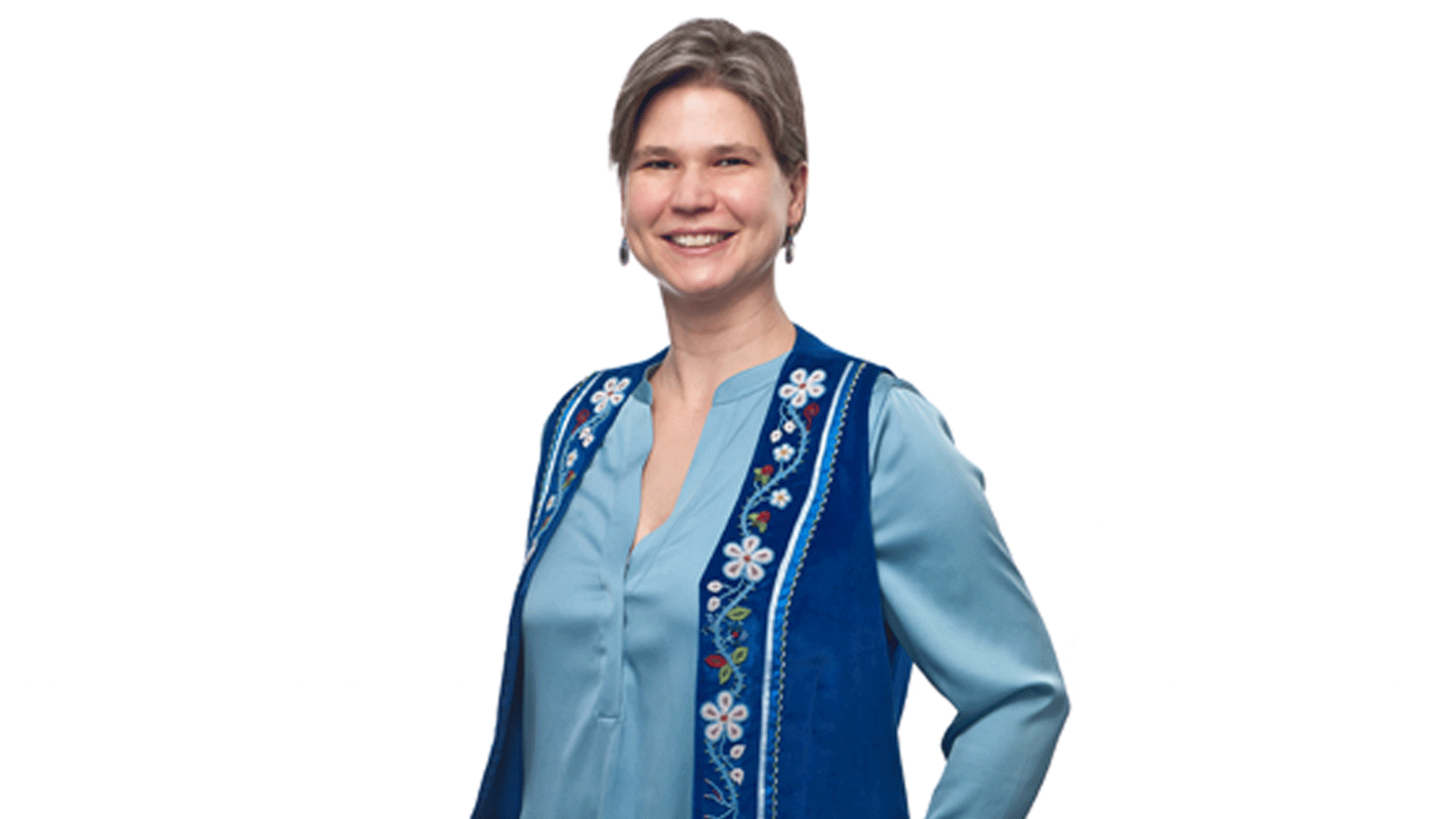
Miller admitted the “data is just not there” when asked how hard the novel coronavirus is hitting First Nations, Inuit and Metis in cities.
Smylie says Ontario isn’t even asking that question which means it may be too late to get decent information on how the pandemic’s first wave impacted Indigenous peoples in urban settings.
It’s also becoming clear how wide the gap is between the government’s numbers and community reported cases.
ISC has reported 183 cases and two deaths from COVID-19 on reserves in the provinces as of this posting. But APTN’s analysis puts the number of confirmed COVID-19 cases in First Nations, Inuit and Metis communities at over 350 with five deaths. A May 12 report released by the Yellowhead Institute, which includes off-reserve data, says there have been 465 reported cases of COVID-19 and seven deaths in Indigenous communities.
The outbreak of the novel coronavirus in regions surrounding Beauval and La Loche in northwestern Saskatchewan is key to the discrepancy. A combined 169 people had tested positive in those two villages as of May 12.
Ninety-seven percent of La Loche residents who completed the census in 2016 identified as either First Nations or Metis. Yet because La Loche is a municipality, ISC doesn’t include those numbers in its official data.
Dr. Veronica McKinney’s organization, Northern Medical Services (NMS), helps provide health-care across jurisdictional boundaries in Saskatchewan’s far north, including the La Loche area. She says she found Miller’s comments frustrating because the data exists in her region and she isn’t sure why Ottawa isn’t using it.
“I think we have a fair amount of data in the northwest, for sure. Some of our communities will tell you that they are probably the most researched people across Canada,” she said laughing.
“Maybe they didn’t do the data themselves, maybe they didn’t commission it. I’m not too sure what the reasoning is, but we know. We know what these populations are.”
Many people don’t live on reserves in the northwest due to colonialism, she said – women who lost their First Nations status after marrying non-status men and so moved to nearby Metis villages, for instance.
“It feels like the long-lasting effects of colonization are reaching out yet again to eliminate the people from receiving what they need to make it better. We know the rates are high in that northwest. We know the numbers. I mean that’s pretty obvious,” she said.
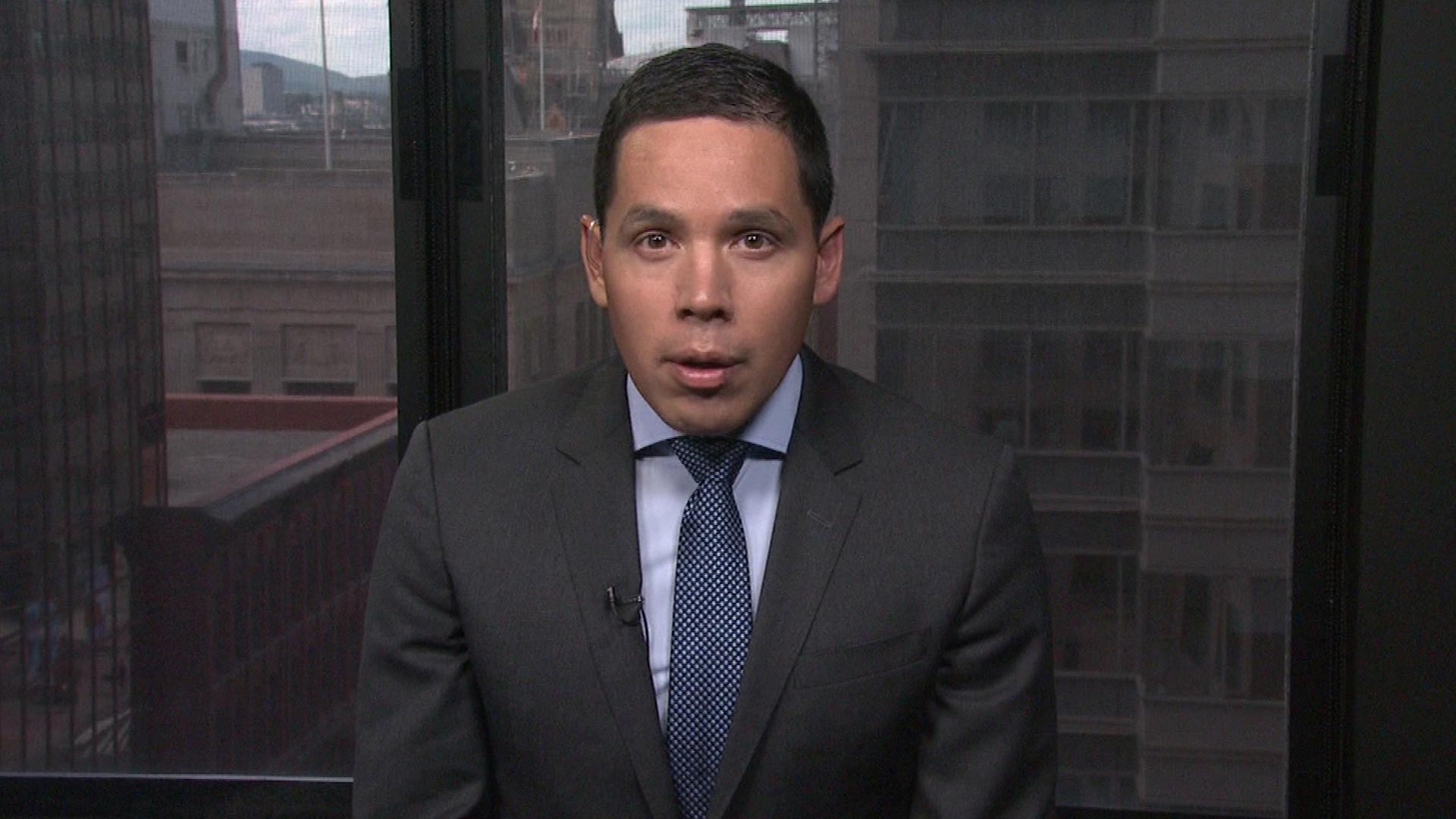
Smylie’s career has spanned over a decade and she started picking up hours as a doctor in Toronto to help fight COVID-19. Her current initiative obtained funding through the Toronto COVID-19 Action Fund, a competitive process funded by donors and not provincial or federal governments.
She calls the project a “strategic alliance” between regional and national First Nations, Inuit and Metis partners to rapidly develop and apply better systems for tracking and responding to COVID-19 infections among Indigenous people regardless of jurisdiction.
The leader of the national organization representing Inuit across Canada also says this issue has been flagged since the 2009 H1N1 pandemic.
“This is not new. This is a point that’s been raised again and again for decades and it is unfortunately a way of systematically leaving us behind,” said Inuit Tapiriit Kanatami (ITK) President Natan Obed in an interview.
“Our populations, when we do have information, health-care information especially, show deep divides between our health outcomes and those of other Canadians. And how do we adequately address those if we are systemically being excluded from understanding what they are in the first place?”
Obed said his organization is “very much in the dark” on how many Inuit have tested positive for COVID-19 across the country. The lack of reliable numbers makes it challenging to identify trends and allocate resources.
He says ITK has written to the federal health minister raising its concerns, and urges provincial and territorial authorities to start tracking and reporting ethnic identity in their COVID-19 case reports.
Though the infectious pathogen made its way to the Inuk region of Nunavik in subarctic Quebec, Nunavut remains one of the few jurisdictions on the planet without a reported case of the respiratory illness.
As provinces and territories begin to loosen lockdowns and non-essential travel bans, Smylie suggested a lack of data brings with it the risk of asymptomatic individuals bringing the virus back to Indigenous communities.
“COVID doesn’t understand the Indian Act. COVID doesn’t understand federal provincial jurisdiction. COVID doesn’t understand on-reserve off-reserve,” she said. “So, if we really want to get a handle on COVID across our very diverse First Nations, Inuit and Metis communities and populations we have to be able to identify it.
“It’s a trickster, it’s a traveler. Our people are most likely to get exposed in cities and it’s going to hop on and travel to wherever that person goes.”
McKinney called on government to support local initiatives that can track data across jurisdictional boundaries, such as the recently formed Treaty 10 Pandemic Council in northwestern Saskatchewan.
“I’m a strong proponent of research when it’s appropriate, but research in combination with action is really what you need.”
Correction: This article has been updated to reflect that Dr. Smylie hasn’t received federal money for her research. Federal departments are involved in the project.





